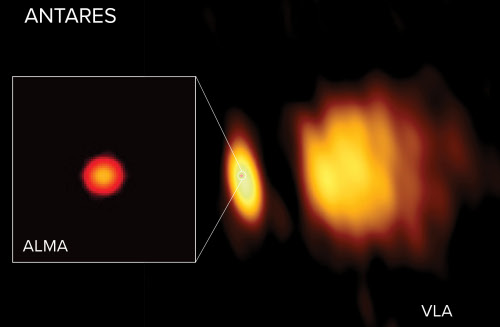Oklahoma Supreme Court gives Trump permission to hold political rally
O thank you my Lords! The Oklahoma Supreme Court ruled Friday that it will allow Trump to hold a political rally in that state today.
[T]he state’s Supreme Court ruled against the request to force everyone attending to wear a mask and stay at least six feet apart from one another — a policy that would have complicated the massive event with thousands of people. The court ruled that the two local residents among those filing the suit couldn’t establish that they have a clear legal right to the relief they sought. In a concurring opinion, two justices wrote that the state’s reopening plan is “permissive, suggestive and discretionary.”
“Therefore, for lack of any mandatory language in the (plan), we are compelled to deny the relief requested,” that opinion said.
The legalities aside, can you imagine any time in our past history where a sitting president and presidential candidate had to get a court’s approval to hold a political rally? I can’t. The idea would have been inconceivable to past American generations. But the precedent is now clearly set. The courts apparently do have the power to allow or block political rallies. All Trump’s opponents need do to shut down future events is to go to court. Sooner or later a court will go along and forbid the event from occurring, and based on Trump’s behavior up to now, he will bow to that court’s will.
O thank you my Lords! The Oklahoma Supreme Court ruled Friday that it will allow Trump to hold a political rally in that state today.
[T]he state’s Supreme Court ruled against the request to force everyone attending to wear a mask and stay at least six feet apart from one another — a policy that would have complicated the massive event with thousands of people. The court ruled that the two local residents among those filing the suit couldn’t establish that they have a clear legal right to the relief they sought. In a concurring opinion, two justices wrote that the state’s reopening plan is “permissive, suggestive and discretionary.”
“Therefore, for lack of any mandatory language in the (plan), we are compelled to deny the relief requested,” that opinion said.
The legalities aside, can you imagine any time in our past history where a sitting president and presidential candidate had to get a court’s approval to hold a political rally? I can’t. The idea would have been inconceivable to past American generations. But the precedent is now clearly set. The courts apparently do have the power to allow or block political rallies. All Trump’s opponents need do to shut down future events is to go to court. Sooner or later a court will go along and forbid the event from occurring, and based on Trump’s behavior up to now, he will bow to that court’s will.





